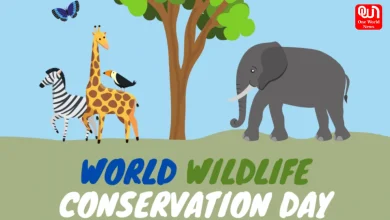Innovative Bio-Solutions: Microbes and Alternative Feeds Combat Climate Change
Microbial technologies and alternative livestock feeds are emerging as pivotal solutions in the global effort to mitigate climate change impacts.
Harnessing Microbial Innovations and Sustainable Livestock Feeds to Address Climate Change Challenges
To ameliorate climate change, scientists are now looking at microorganisms with astonishing carbon-capturing potential. Such news is pertinent to the discovery of Synechococcus elongatus-named with affection as “Chonkus.” This blue-green alga rapidly thrives in CO₂-rich conditions, absorbing huge quantities of CO₂ as they photosynthesize. Due to the enormous cell density, such an entity can sink rapidly and sequester carbon efficiently on the ocean floor. These algae could also become very useful in producing other compounds, such as omega-3 fatty acids and antioxidants.
On the other hand, companies such as Loam Bio are laying the foundation for the use of microbial fungi to enhance soil health and carbon storage. Their technology ensures that the soils store more than double the carbon compared to conventional methods while improving water retention and crop yield. Therefore, while the environment benefits from the new technology, farmers may find it economically viable.
Reconsideration of Livestock Feed: Sustainable Alternatives
Livestock husbandry is one considerable cause of greenhouse gas emissions, especially methane. Changes in animal feed have emerged as viable means by which to confront this matter.
Maggot farming is being introduced by some farmers in Zimbabwe, using black soldier fly larvae to convert organic waste into protein-rich livestock feed. This not only reduces waste and the costs for feed but also greenhouse gas emissions.
In a comparable way, feeding Asparagopsis, a native seaweed, to cattle in Tasmania is said to show promise. This red macroalga can mitigate methane emissions from livestock by over 80%, thus acting as a natural remedy for an urgent environmental dilemma.
The Asparagopsis feed additive being used by FutureFeed, developed by Australia’s CSIRO, has demonstrated significant reductions in methane emissions from ruminants. This is one of the innovations that solve environmental problems and will enhance feed efficiency.
Integrated Approaches: Bridging Nature to Technology
The combination of microbial technologies and sustainable feed alternatives is another holistic approach to climate change mitigation. Using nature’s own mechanisms, that is, carbon-absorbing microbes and methane-reducing feed additives, alongside novel farming practices, through these integrated methods we can build resilient agricultural systems.
Such integrated solutions reduce environmental impacts and enhance economic returns to farmers and their communities. As this research and adoption continue to develop, such innovations may bear significantly on our global climate strategy.
We’re now on WhatsApp. Click to join.
Like this post?
Register at One World News to never miss out on videos, celeb interviews, and best reads.








